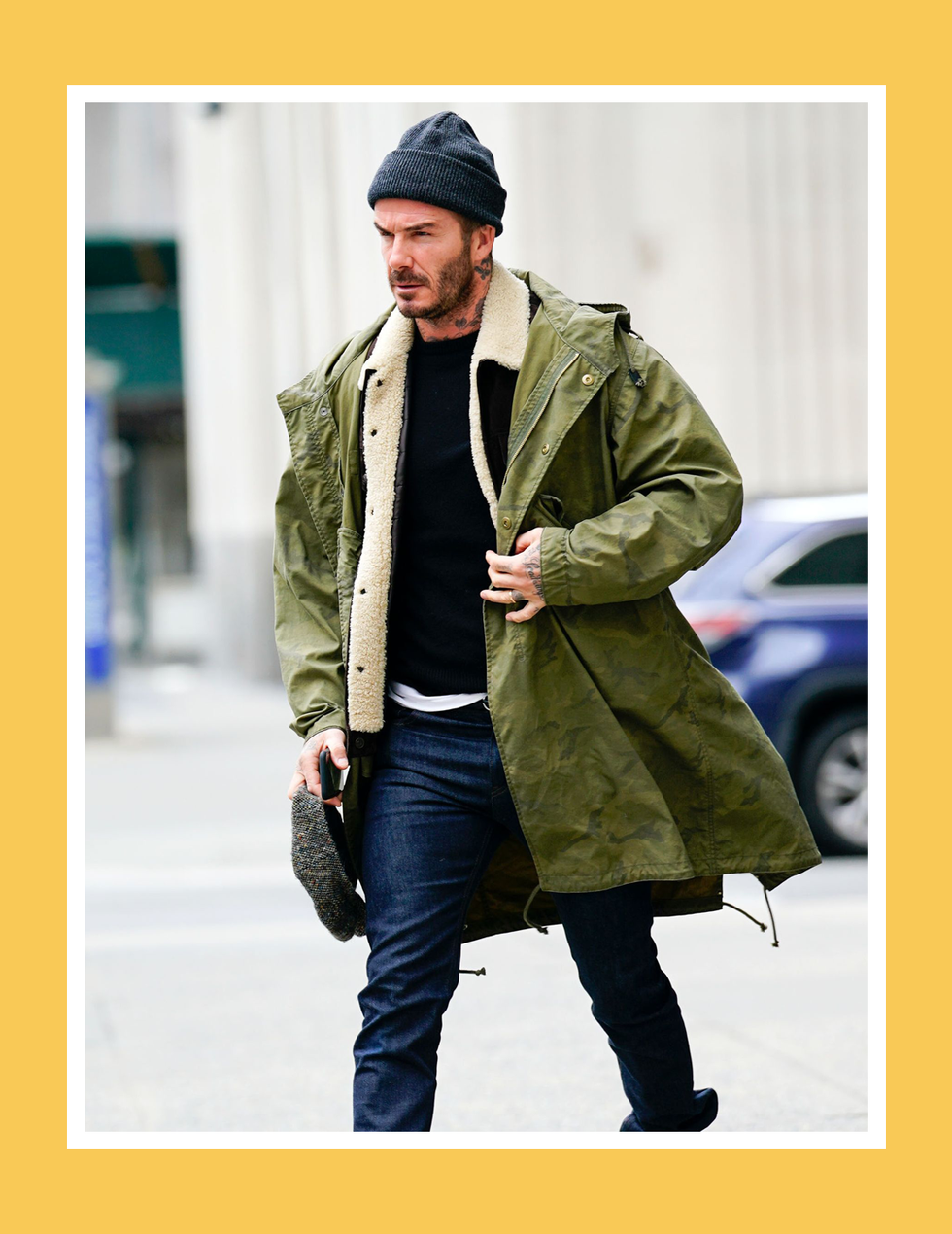

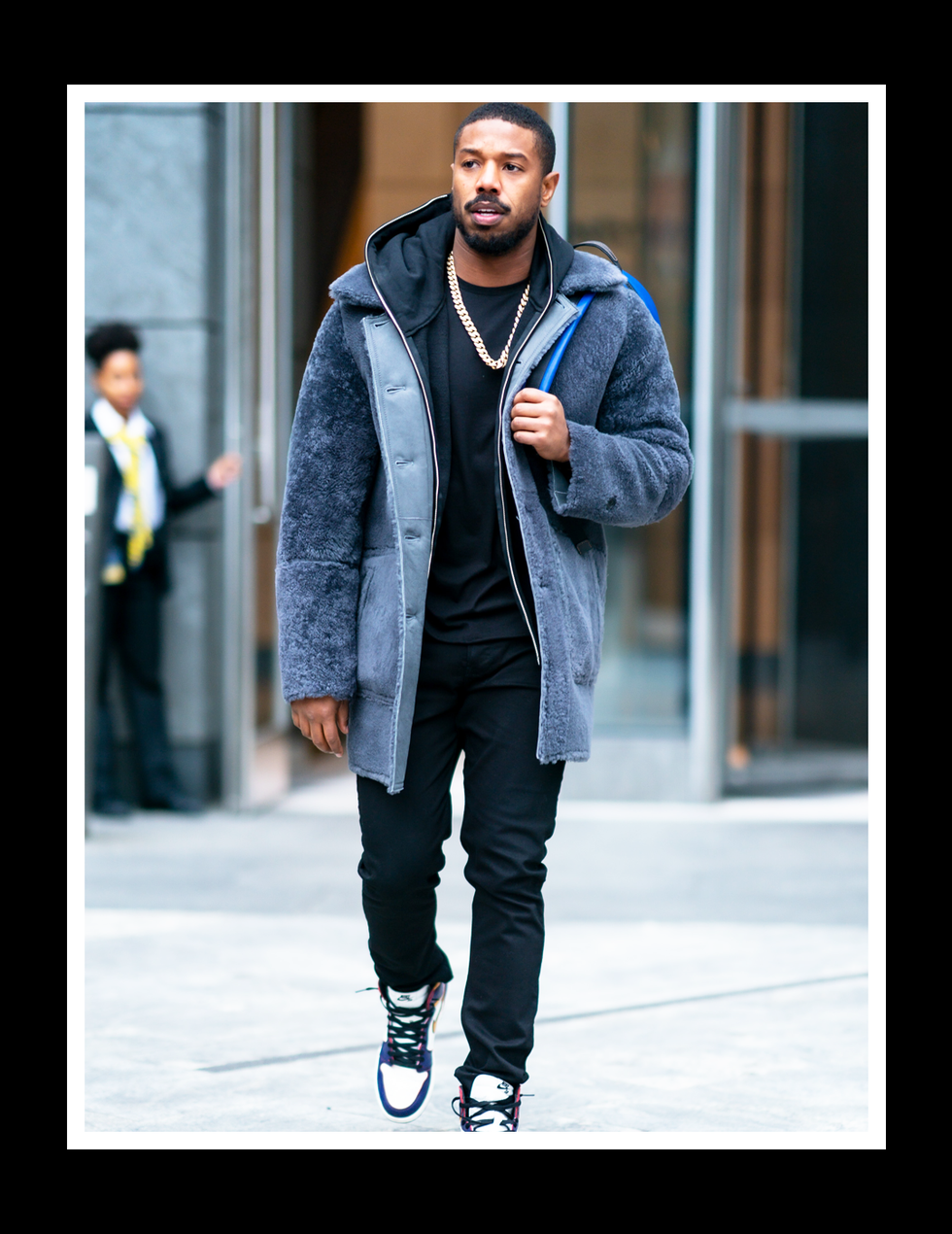
I. Introduction
As the winter season approaches, the need for a warm and stylish winter coat becomes increasingly important. Men’s winter coats come in a variety of styles, materials, and insulation levels to suit different needs and preferences. Whether you’re braving the harsh elements of a snowy city or seeking warmth and comfort during a weekend ski trip, finding the right winter coat can make all the difference.
A. The Importance of Winter Coats
Winter coats are not just a fashion statement; they serve a crucial purpose in protecting you from the cold and harsh winter weather. A well-insulated winter coat can help regulate your body temperature, keeping you warm and comfortable even in frigid temperatures. Additionally, winter coats can shield you from wind, snow, and rain, keeping you dry and protected from the elements.
B. Types of Winter Coats
The world of men’s winter coats offers a diverse range of styles and designs to cater to various needs and preferences. Some of the most popular types of winter coats include:
-
Parkas: Parkas are long, hooded coats typically insulated with down or synthetic material. They are known for their warmth and durability, making them ideal for cold climates and outdoor activities.
-
Peacoats: Peacoats are classic, mid-length coats characterized by their double-breasted closure and wide lapels. They are typically made from wool or wool blends and offer a stylish and sophisticated look.
-
Duffer Coats: Duffer coats are thick, hooded coats made from heavy-duty wool or canvas. They are known for their ruggedness and water resistance, making them suitable for harsh weather conditions.
-
Trench Coats: Trench coats are long, water-resistant coats that originated as military outerwear. They are typically made from gabardine or cotton and offer a timeless and versatile style.
-
Bomber Jackets: Bomber jackets are short, insulated jackets characterized by their elasticized cuffs and waistbands. They are typically made from leather or nylon and offer a casual and stylish look.
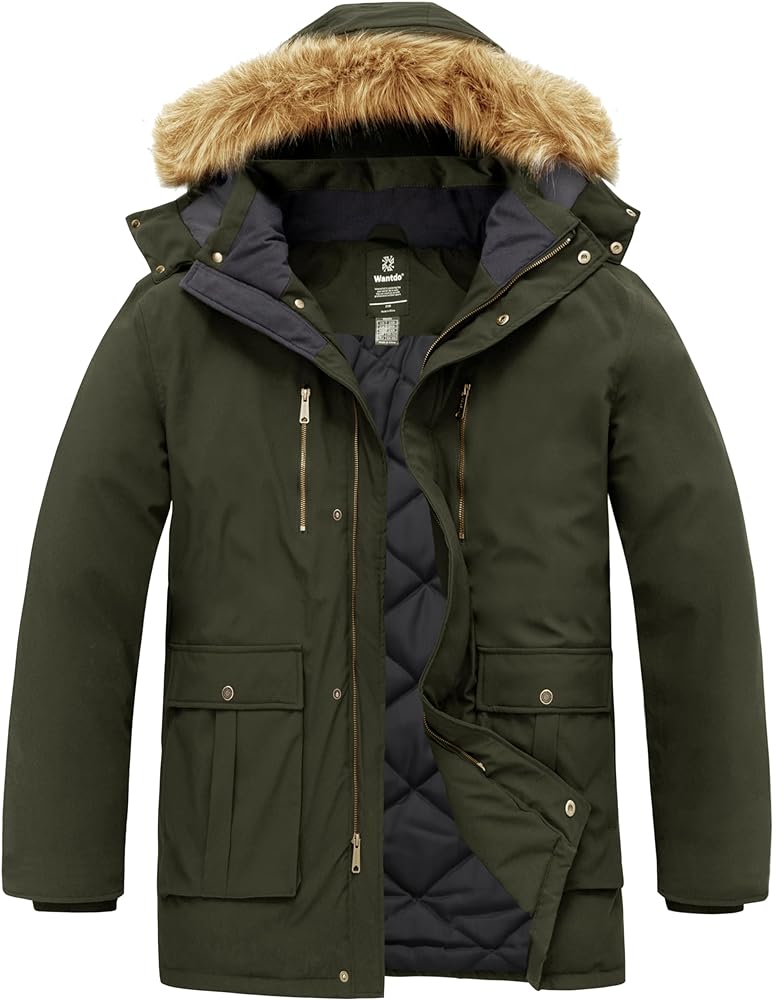
II. Choosing the Right Winter Coat
With the wide variety of winter coats available, selecting the right one for you can be overwhelming. Here are some factors to consider when making your decision:
-
Climate: Consider the climate you live in and the type of weather you typically encounter. If you live in a cold and snowy region, you will need a coat with ample insulation and water resistance.
-
Activities: Think about the activities you plan to do in your winter coat. If you are an avid skier or snowboarder, you may need a coat with features like a powder skirt and hand gaiters.
-
Personal Style: Choose a coat that matches your personal style and preferences. Consider the length, color, and overall design of the coat to ensure it aligns with your taste.
-
Budget: Set a realistic budget for your winter coat and consider the cost-to-value proposition of different options.
III. Popular Winter Coat Brands
Numerous reputable brands offer high-quality men’s winter coats. Here are a few popular choices:
-
Arc’teryx: Arc’teryx is a renowned Canadian brand known for its high-performance, durable winter coats.
-
Patagonia: Patagonia is an American brand committed to sustainability, offering winter coats made from recycled materials.
-
The North Face: The North Face is a popular American brand known for its innovative and stylish winter coats.
-
Canada Goose: Canada Goose is a Canadian brand specializing in high-end, down-filled winter coats.
-
Barbour: Barbour is a British brand known for its classic, waxed cotton coats and jackets.
IV. Features to Look for in a Winter Coat
When shopping for a winter coat, consider the following features to ensure it meets your needs:
-
Insulation: Choose a coat with the appropriate level of insulation for your climate. Down, synthetic fill, and wool are common insulation materials.
-
Water Resistance: If you live in a wet climate or plan to be outdoors in the snow, look for a coat with a water-resistant or waterproof rating.
-
Windproofness: A windproof coat will prevent cold winds from penetrating, keeping you warmer and more comfortable.
-
Hood: A hood provides additional protection from rain, snow, and wind. Consider a detachable hood for versatility.
-
Pockets: Pockets are essential for storing essentials like your phone, wallet, and gloves. Look for coats with multiple pockets for added convenience.
-
Zippers: Opt for high-quality zippers that can withstand cold temperatures and repeated use.
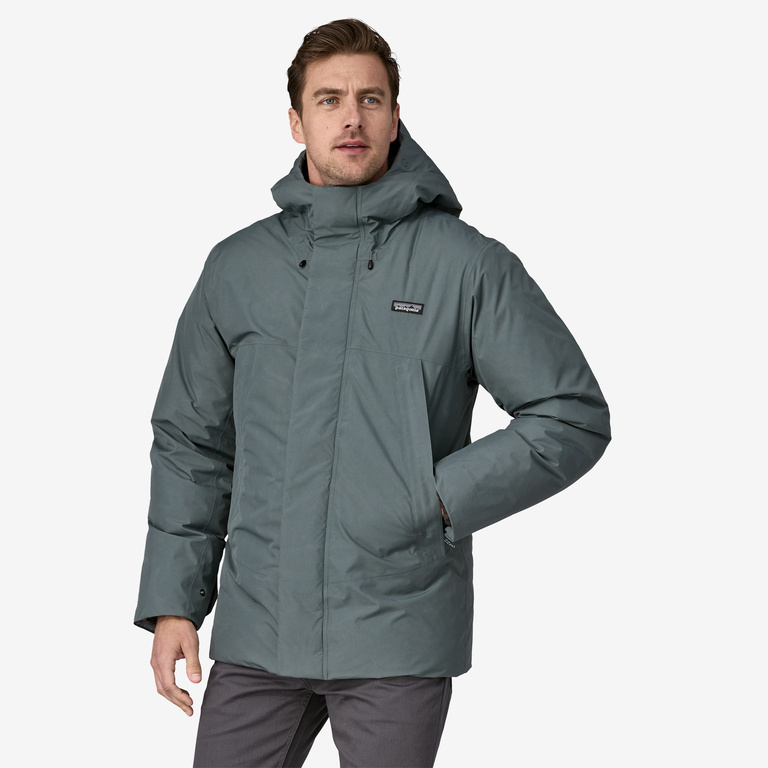
V. How to Care for Your Winter Coat
Proper care will extend the life of your winter coat and keep it looking its best. Here are some tips:
-
Follow care instructions: Read the care label attached to your winter coat for specific washing and drying instructions. Different materials may require different cleaning methods.
-
Spot clean minor stains: Address minor spills or dirt marks promptly using a damp cloth and a mild detergent. Avoid harsh chemicals that can damage the fabric or the water-resistant coating.
-
Wash your coat regularly: Depending on usage, wash your winter coat a few times a year or at the end of the season. Follow the recommended washing method (machine wash or hand wash) and use a gentle detergent specifically designed for down or wool garments (if applicable).
-
Air dry your coat: Never put your winter coat in the dryer, as the high heat can damage the insulation and the outer shell. Hang the coat on a sturdy hanger in a well-ventilated area away from direct sunlight.
-
Fluff down fill (if applicable): If your coat has down insulation, gently massage it after washing to help redistribute the down and restore its loft (puffiness). You can also place the coat in the dryer on a low, no-heat setting for a short period with a few tennis balls to aid the fluffing process.
-
Store your coat properly: Once your coat is completely dry, store it in a cool, dry place. Avoid using plastic garment bags, as they can trap moisture and promote mildew growth. Opt for a breathable cotton storage bag or simply hang the coat on a sturdy hanger in your closet.
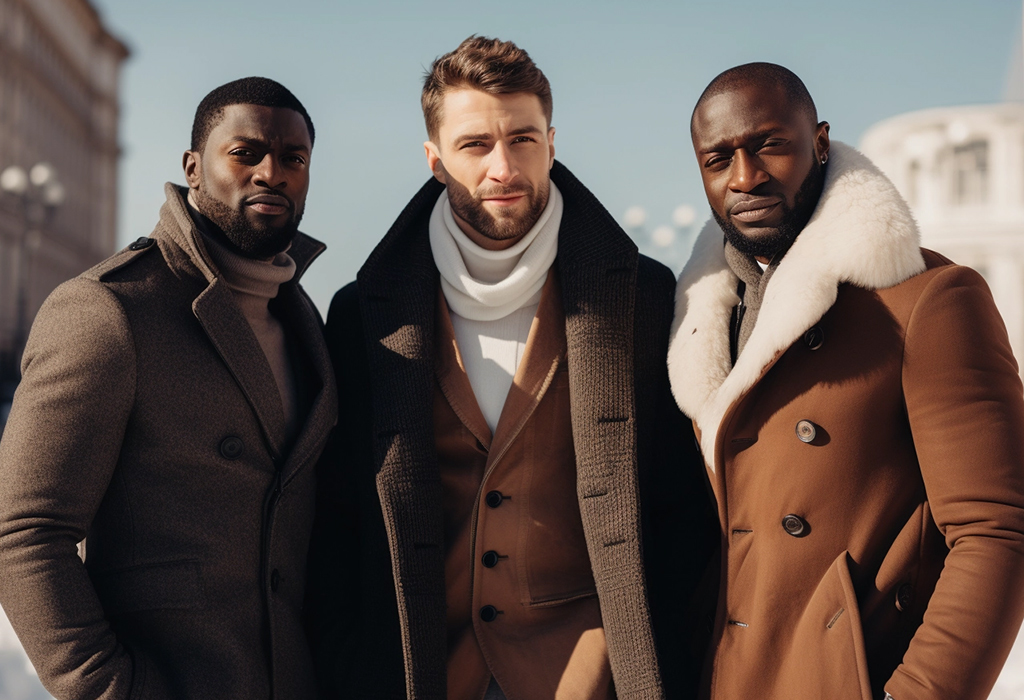
VI. Layering for Maximum Warmth
A winter coat is just one piece of the puzzle when it comes to staying warm outdoors in cold weather. Layering your clothing effectively is crucial for optimal comfort and temperature regulation. Here’s a breakdown of a typical layering system for winter:
-
Base Layer: The base layer is the first layer that goes next to your skin. Choose moisture-wicking fabrics like merino wool or synthetic materials that pull sweat away from your body and keep you dry.
-
Mid Layer (Optional): The mid layer adds insulation. This could be a fleece jacket, a down vest, or a sweater, depending on the weather conditions. Choose the thickness and warmth of the mid layer based on the expected temperature.
-
Outer Layer: Your winter coat acts as the outer layer, providing protection from the elements. Consider the features like water resistance, windproofness, and breathability as discussed in Section IV.
VII. Beyond the Basics: Winter Coat Styles for Different Activities
While a good winter coat can handle most situations, specific activities may require specialized features. Here are some winter coat styles tailored for various winter pursuits:
-
Skiing and Snowboarding: Look for a parka with a powder skirt that blocks snow from entering the coat and hand gaiters with thumbholes for added warmth and comfort. Water-resistant or waterproof materials and critically taped seams are essential for these activities.
-
Hiking and Backpacking: Opt for a lightweight, breathable shell jacket with a focus on water resistance and wind protection. Consider features like pit zips for ventilation and a hood compatible with a helmet.
-
City Commuting: A stylish peacoat or trench coat may suffice in milder climates. However, for colder and wetter cities, a water-resistant parka or a down-filled bomber jacket might be more suitable.
VIII. Conclusion
Investing in a high-quality winter coat is essential for staying warm and comfortable during the cold season. By understanding the different types of winter coats, considering your climate and activities, and choosing the right features, you can find the perfect coat to conquer the winter weather in style. Remember, proper care and layering are key to maximizing the effectiveness of your winter coat. So, embrace the crisp winter air with confidence, knowing you have the right outerwear to keep you warm and toasty all season long.
